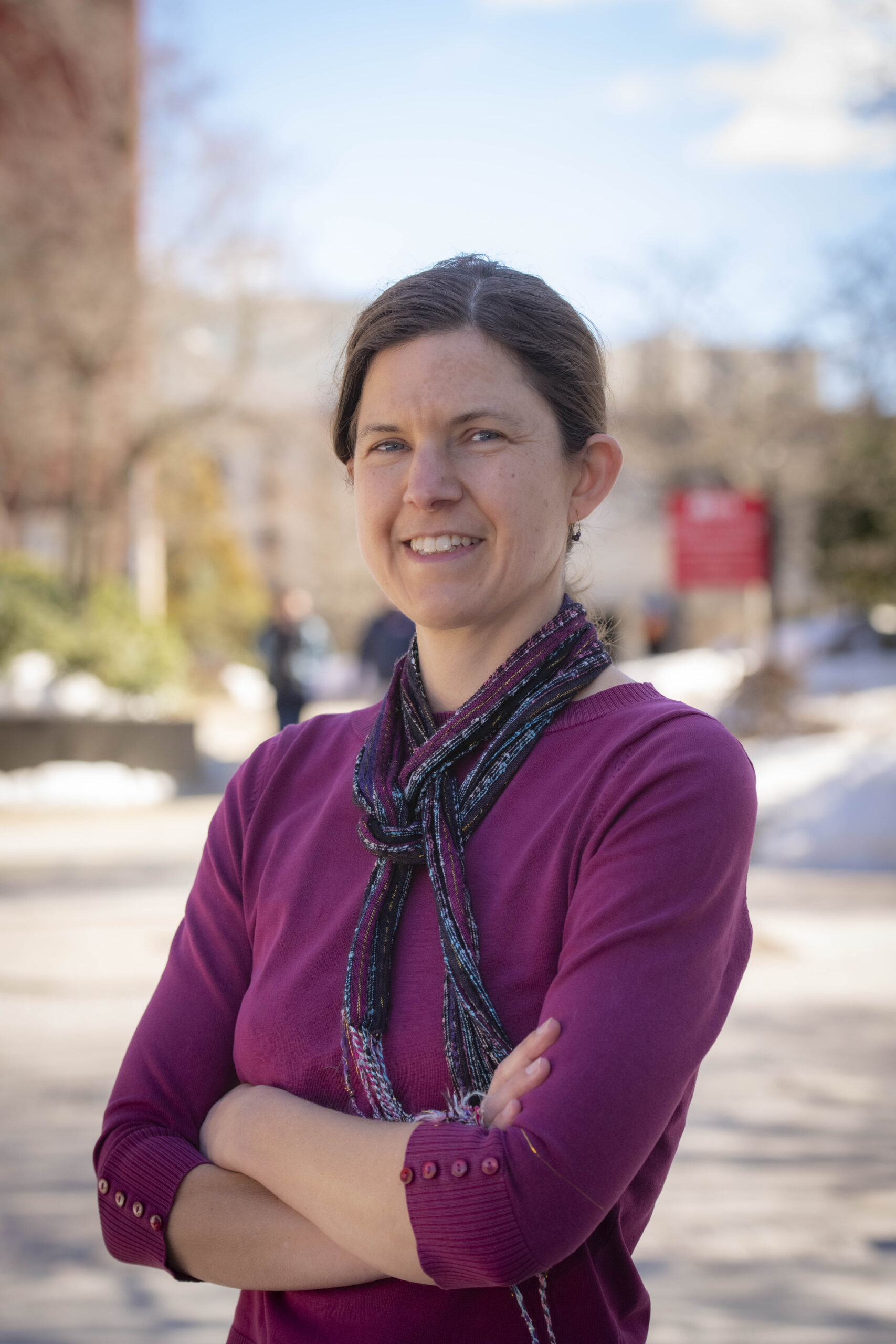Maybe I just tied my shoes too tight: Imaging and computational modeling to understand metatarsal bone stress injury
Karen L. Troy, Ph.D.
Professor and Associate Department Head of Biomedical Engineering, Worcester Polytechnic Institute
Friday, March 29th at 11:45 am
In-Person in SMBB 2650
Karen L. Troy, PhD, is a Professor of Biomedical Engineering with an affiliate appointment in Mechanical Engineering at Worcester Polytechnic Institute. She earned dual BS degrees from Washington University in St. Louis in Systems Science and Mathematics and Biomedical Engineering. She completed her PhD in Biomedical Engineering at the University of Iowa in the Orthopaedic Biomechanics Laboratory, where she worked on large animal surgical models (emus). Dr. Troy completed a postdoc and served on the faculty at the University of Illinois at Chicago before moving to Worcester Polytechnic Institute in 2013. She currently directs the Musculoskeletal Biomechanics Lab (MBL), which studies how mechanical loads (or lack thereof) can be both beneficial and harmful to bone, and aims to understand what conditions influence whether a load helps or hurts a person. Through her work in mechanistic clinical trials, she has also developed, refined, and applied computational techniques to noninvasively measure skeletal structure, loading, and mechanical behavior. Dr. Troy’s research addresses three different aspects of skeletal health and its interaction with mechanical loading environment: (1) bone health after spinal cord injury (SCI); (2) mechanisms governing bone adaptation in healthy adults; and (3) bone stress injury in running athletes.
Abstract: Bone stress injuries (the most severe of which are stress fractures) are among the most common types of injury in endurance athletes and military professionals. The metatarsal bones in the feet are frequently injured, requiring 2-3 months of rest before returning to work or sport. Aside from limiting training load – which directly contradicts training and work requirements for performance – coaches and doctors do not know how to prevent these injuries. On top of that, feet are complicated and there is no consensus about how to biomechanically model them. Our research investigates the influence of bone structure, mechanics, and biomechanical loading environment in the feet to better understand why some people get metatarsal bone stress injuries. Our long term goal is to provide evidence-based personalized recommendations on how a person can adjust their training volume and biomechanics to reduce their risk of injury.
